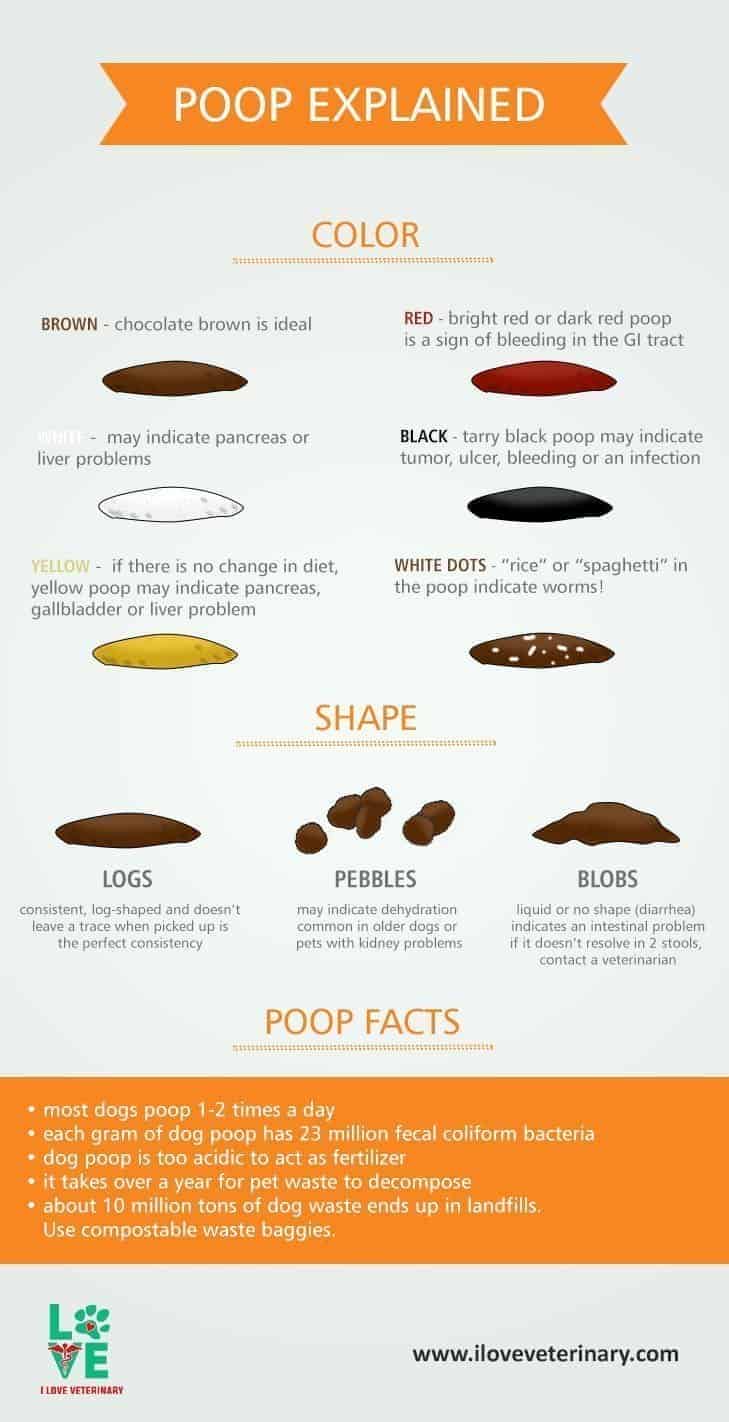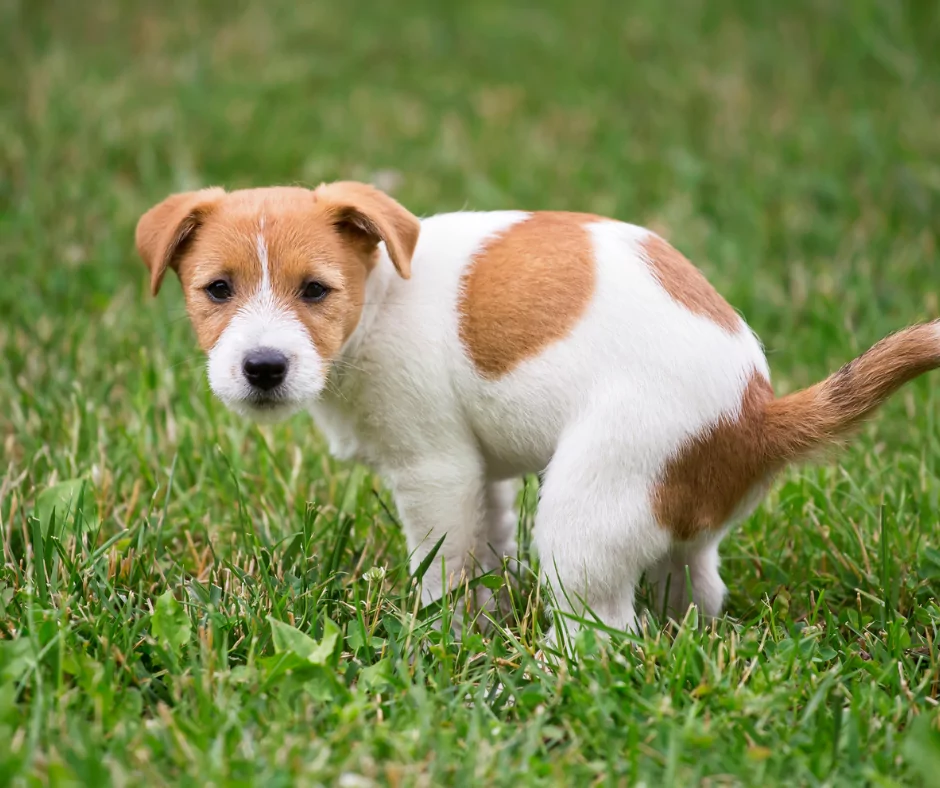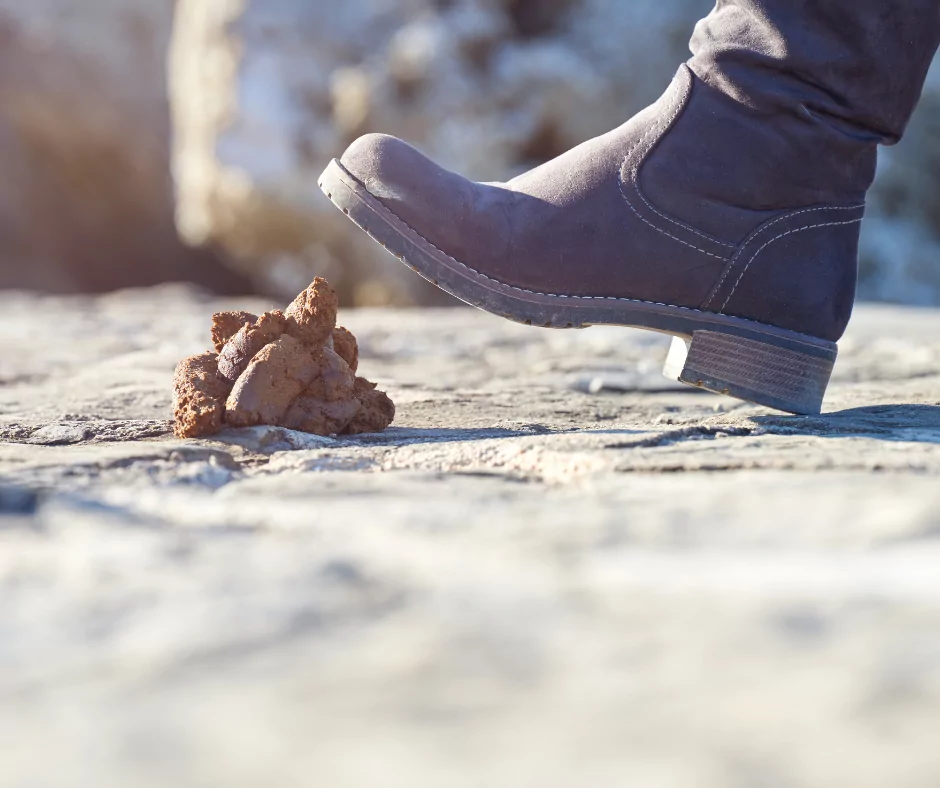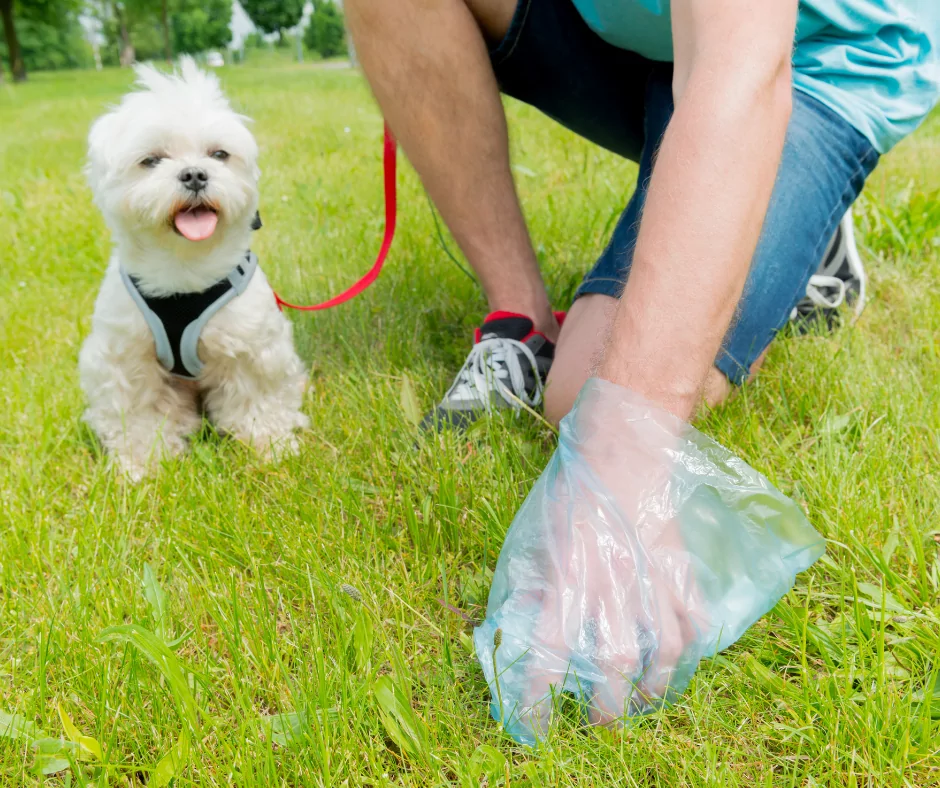What Exactly is a Dog Poop Color Chart?
Have you ever noticed different color turds in your backyard? Wondered what the difference was – and if any of them are unsafe for your dog to eat? Well, we’ve got you covered. Here is a handy dog poop color chart that will tell you everything you need to know about it. You may even be surprised at some of the colors!
We hope that this article helped answer some questions about why your dog leaves such interesting colors on the grass. Many people find it quite humorous to think about the health implications for each and every different poop color that their dogs produce–but we can assure you that is not always funny in some cases:

Dog Poop Explained
If you’ve ever wondered the color of dog poop, you’ve come to the right place. You see, while it may seem like little more than a smelly nuisance to many people, there are actually a lot of health implications for different colors of canine stool, which we will go into detail about in this post.
Color
Why different colors matter – and what they mean for your dog’s health? The color of stool that’s more worrisome:
- Brown
– chocolate brown is ideal - Red
– bright red or dark red poop is a sign of bleeding in the GI tract - White
– may indicate pancreas or liver problems - Black
– tarry black poop may indicate tumor, ulcer, bleeding, or an infection - Yellow
– if there is no change in diet, yellow poop may indicate pancreas, gallbladder, or liver problem - White Dots
– “rice” or “spaghetti” in the poop indicate worms!

Shape
Do you know what that mushy green stuff is all over your lawn? It’s probably dog poop. There are many different shapes of dog poop, but the most common shape is the classic sausage-shaped variety.
- Logs
– consistent, log-shaped and doesn’t leave a trace when picked up is the perfect consistency. Also referred to as the classic sausage shape. - Pebbles
– may indicate dehydration
– common in elder dogs or pets with kidney problems - Blobs
– liquid or no shape (diarrhea) indicates an intestinal problem
– if it doesn’t resolve in 2 stools, contact a veterinarian

How To Properly Dispose of Dog Poop
The easiest way to dispose of doggy doo is to use a plastic bag and a pooper scooper. Most people don’t want to touch poop, even when it is that of a well-behaved dog. It is important to dispose of doggy doo properly because it can easily pollute your drinking water.
To use a plastic bag and a pooper scooper:
First, pick up the poop with the pooper scooper. Put it in a plastic bag and tie the end so you don’t have to look at it anymore.
Make sure you wear gloves or wash your hands afterward.

Facts About Dog Poop
- Most dogs poop 1-2 times a day.
- Each gram of dog poop has 23 million fecal coliform bacteria.
- Dog poop is too acidic to act as fertilizer.
- It takes over a year for pet waste to decompose.
- About 10 million tons of dog waste ends up in landfills. Use compostable waste baggies.
- According to some experts, about 10 million tons of doggy doo are deposited on the floor of our homes every year. That’s 45 pounds of poop per human.
- This is the same amount of poop produced by 1,000 dogs in a year. In some places, it is illegal to dispose of dog poop. Some say it is because dog poop contains harmful bacteria, such as E. coli and salmonella.
- Many people are unaware that there are very different categories of dog poops and they don’t know the difference between them. You can ask your vet to identify which category your dog fits into.
If you liked this infographic, check all the other infographics on our blog.
